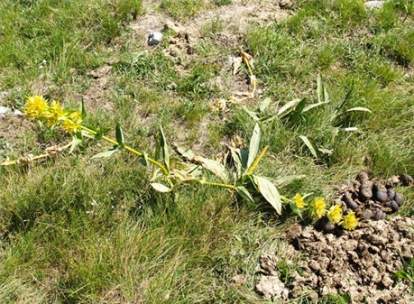
Photo 1: Polaj – the local name for Micromeria thymifolia in the Vinodol-Crikvenica
region. Potentially an interesting endemic medicinal plant, it is also
noteworthy from an ethno-botanical perspective. Because its populations
are fairly small, it could become threatened due to unsustainable collecting.
(Photo by Marko Randić)
MEDICINAL PLANTS AS A POTENTIAL TOURIST ATTRACTION
At the 2nd Tourism Forum “Crikvenica for Body and
Soul”, Public Institution “Priroda” participated with a
presentation entitled “Medicinal Plants in the Crikvenica Region
and Vinodol Hinterland as a Potential Tourist Attraction”. Below
is an abstract of the presentation.
Sonja Šišić, M.Sc., B.Sc. Econ
Marko Modrić, B.Sc. in Forestry
Marko Randić, M.Sc., B.Sc. in Biology
Public Institution “Priroda”, Grivica 4, 51000 Rijeka
Medicinal Plants in the Crikvenica Region and Vinodol Hinterland as a Potential Tourist Attraction
Worldwide, recent decades have seen a growing interest
in medicinal and aromatic plants (MAPs) as well as in traditional knowledge
associated with MAPs usage. Also growing is the awareness of the possibility
of designing a tourism offering based on this potentially important but
still underutilised tourist attraction. Despite Croatia being a country
of exceptional biological and landscape diversity, MAPs-based tourism
is still in the cradle. There exist only a small number of educational
theme trails, specialized botanical gardens, specialized family farms
and products focused on the presentation and use of medicinal and aromatic
plants.
In the Kvarner region, the greatest advancements in the
MAPs-based tourism offering can be seen on the island of Lošinj (the Island
Garden of Fragrances, several small nurseries of local plants, attractive
forest parks, brochures and books about local medicinal plants, organized
medicinal plant gathering for tourists, aromatherapy, etc.). Despite the
fact that the Crikvenica-Vinodol region is just as rich as Lošinj in medicinal
plants, its tourism offering has incorporated MAPs to only a small extent.
The Crikvenica-Vinodol region boasts a great diversity
and wealth of MAPs of which some have a longstanding tradition in local
usage. Many annual, biannual and perennial herbaceous and woody plants
possessing important medicinal properties grow here and they represent
a huge, untapped potential that could help to improve the tourism offering.
However, we have to bear in mind that some endangered medicinal plants
(orchids, the great yellow gentian, the Croatian barberry, and the yew)
growing in the Kvarner area are protected by law and any usage of such
plants should be as prudent as possible.
Hence, to ensure the sustainable and long-term use of
the priceless natural wealth of MAPs in the Crikvenica-Vinodol region,
especially in tourism and health-care purposes, it is necessary to set
up an integral system that would involve research, mapping, gathering,
designing functional databases, processing, cultivating, selecting, setting
standards and certificates, as well as monitoring and promoting legislative
regulations while taking into account the interests and traditions of
local residents.
It is also necessary to facilitate the development of
small local farms or cooperatives that could base most or at least part
of their activities on MAPs, considering the fairly large areas of neglected
farmland, particularly in Vinodol and its environs, that have great potential
for MAPs cultivation.
For MAPs to help prolong the tourist season and enhance
the tourism offering of the Crikvenica-Vinodol region, efforts are needed
to continually track the wants and needs of visitors, build the required
tourism infrastructure, and teach and enable tourism workers to organize
and conduct so-called aromatic tours. MAPs should also be the basis of
at least a part of health-care services provided, particularly in the
spring months, taking into consideration the needs of potential tourists.
A special attraction could be a sensory or tactile-olfactory garden.
Key words: medicinal plants, aromatic plants, plant gathering
in nature, cultivation, sustainability, tourist attraction, tourism offering

Photo 2. The great yellow gentian (Gentiana lutea ssp. symphyandra), a
strictly protected taxon (in Croatian called žuta sirištara, srčanik,
or košutje uho) is much depleted and on the verge of annihilation in some
localities. In addition to gatherers who illicitly dig up the plant’s
roots, grazing animals also cause the plant considerable harm. (Photo
by M. Randić)

Photo 3. The rustyback fern (Asplenium ceterach) is another plant that
is interesting from an ethno-botanical perspective. In the Littoral it
is traditionally used as a remedy in treating gallbladder diseases. (Photo
by M. Randić)



